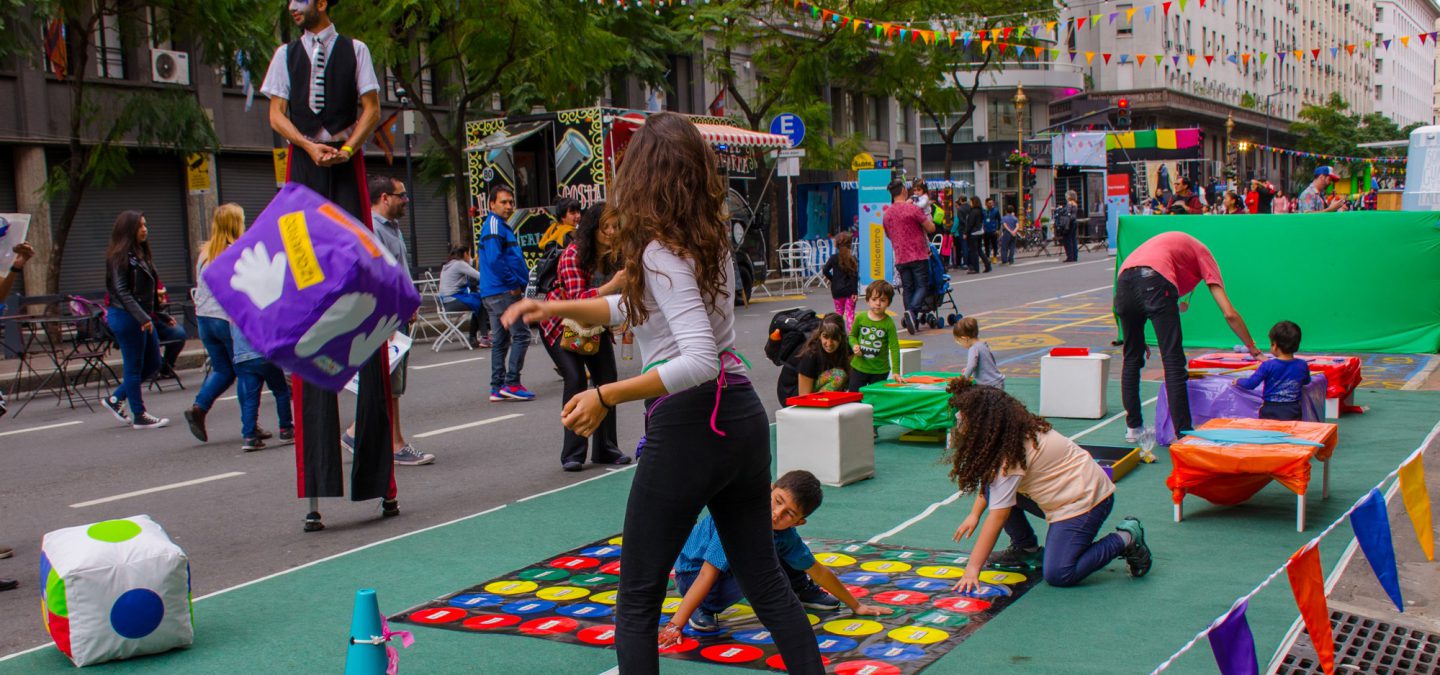
Keep up with our latest news and projects!

Throughout the last five years, the financial district (a.k.a. ‘Microcentro’) of Buenos Aires has undergone a major process of urban transformation with a ‘Human Scale’ approach. With the aim of improving the overall walkability, accessibility and quality of public space, profound urban renewal works were initiated: sidewalks were renovated, roads were levelled, heritage buildings were restored and illuminated and mass transport routes were relocated through BRT ‘Metrobus’ at 9 de Julio Avenue. Overall, it completely transformed the urban landscape of the busiest spot of Argentina. Around 1.5 million people adults arrive at this area of the city every workday morning to work (but note that during the weekends, in return, the area becomes almost deserted). By car, subway or bus, adults move in a frantic pace, creating an unfriendly environment to children and consequently leaving no place for games, fantasy and joy.
To reverse this situation, disruptive activities for children were designed and carried out, aiming to create an environment where they would feel more comfortable and become the main protagonists. This intervention could have been done on the edge of the city or at any open location, such as parks or stadiums, but this would have prevented us from shifting a ‘Place for Adults’ into a ‘Place for Kids’. We seek to transform an environment commonly associated with white-collars into an exclusive space for our children to play. As the initiative was completely aligned with the Buenos Aires City Government’s commitments on Human Scale and Enjoyment, the idea was put into action.
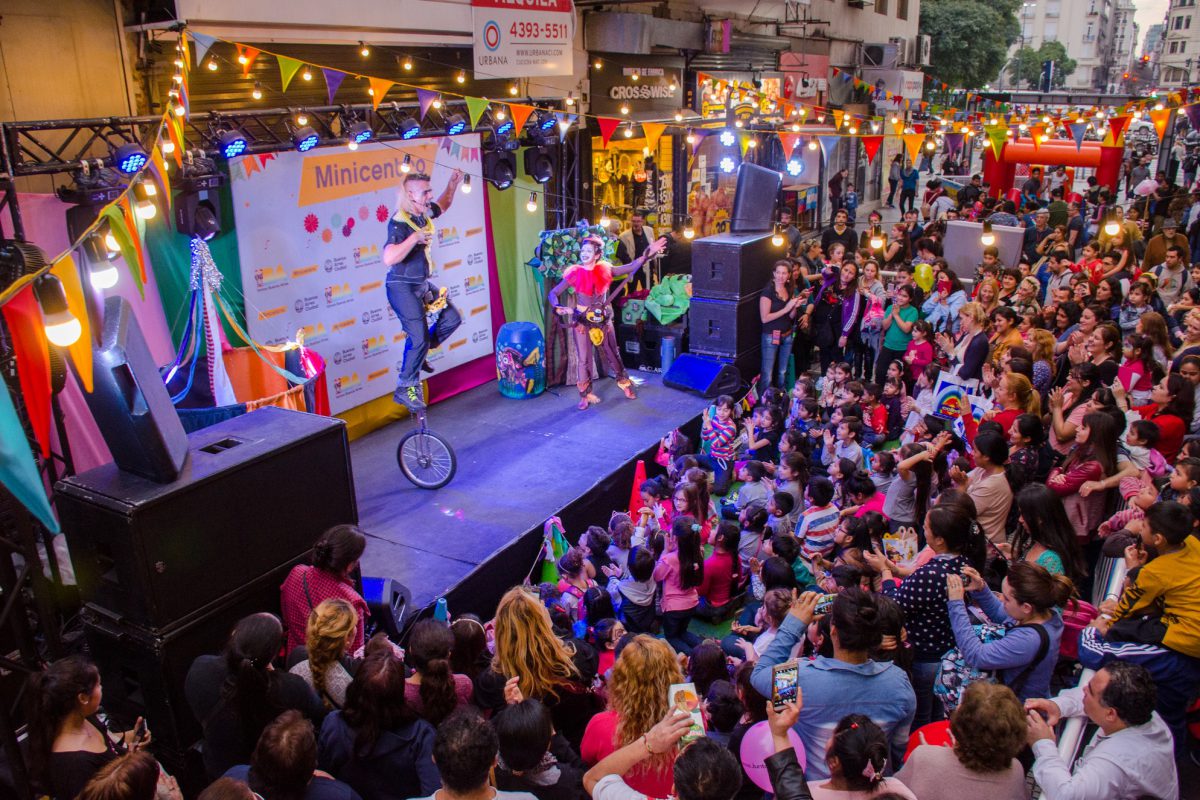
We sought to recover the space with a strong playful imprint. On each ‘Minicentro’ edition, ‘Diagonal Norte’ road (alongside the Obelisco) was closed to transit and a wide range of activities and games for kids flourished. An area of more than 6,000 square-meters was transformed into a huge urban playground, where horns and traffic were replaced by songs, bustle and laughter. Roads were closed to traffic very early and inflatable games arrived to set everything up and be ready by 10 am, soon enough for the early arrivers. Besides the games, the area was garnished with circus-themed ornamentation, as well as with huge corporeal 2-meter tall letters forming the word ‘Music’, which invited the kids to climb and play with them, through sounds, shapes and textures. Food and drinks were supplied by food-trucks, including one managed by disabled youngsters, promoting diversity and inclusiveness.
At ‘Minicentro’, activities ranged from artistic workshops and crafts, theatre plays, musical and acrobatics shows, to inflatable games, fairy tale and sports. For instance, at ‘The Big Classroom’ workshop children could play in an exploratory way, with gadgets and removable pieces that combined art, design, technology and construction, always with a playful emphasis. There was also an educational approach since there were activities of waste management and recycling. Also, transit-related activities were developed, such us traffic lightings, signalling and norms, as well as urban planning, electronics and design-through-light games for kids. At the end of such activities, kids would take their own creations home. The whole idea was to foster the children’s imagination through didactical and participative games. Theatre plays were improvised by actors that impersonated characters made up by the kids, such as kings, princesses and dragons. Our 8-year olds kids became scriptwriters on the spot.
Logistics and overall coordination were managed by the Undersecretary of Use of Public Space (Ministry of Environment and Public Space) that, among many other goals, seeks to elaborate and promote public policies in order to enhance the overall quality of the public space.
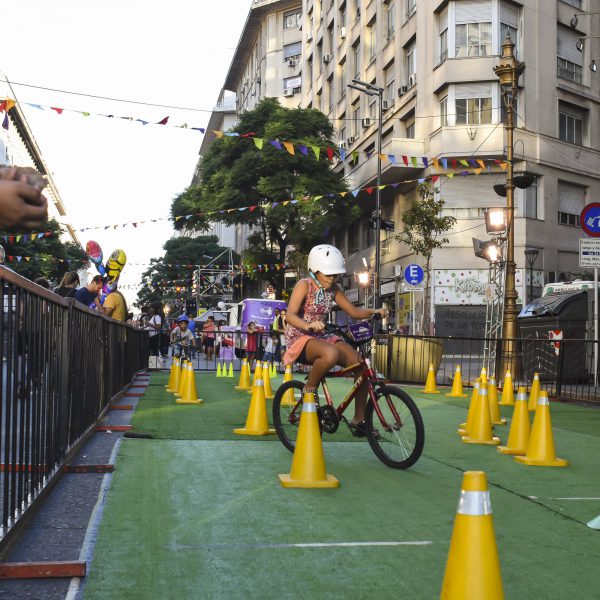
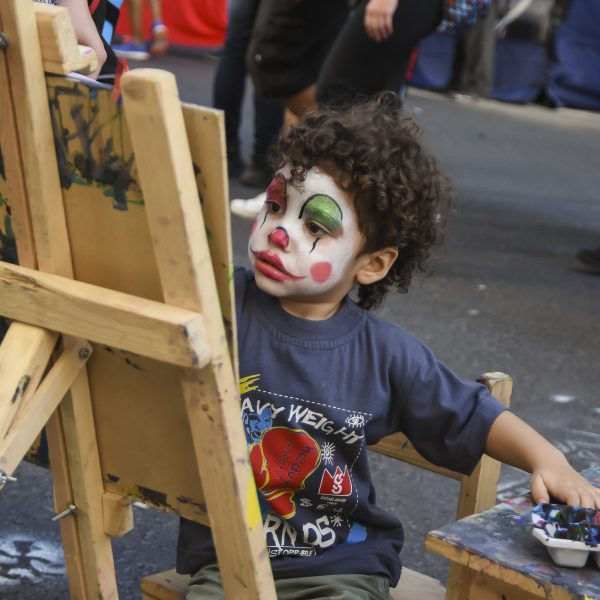
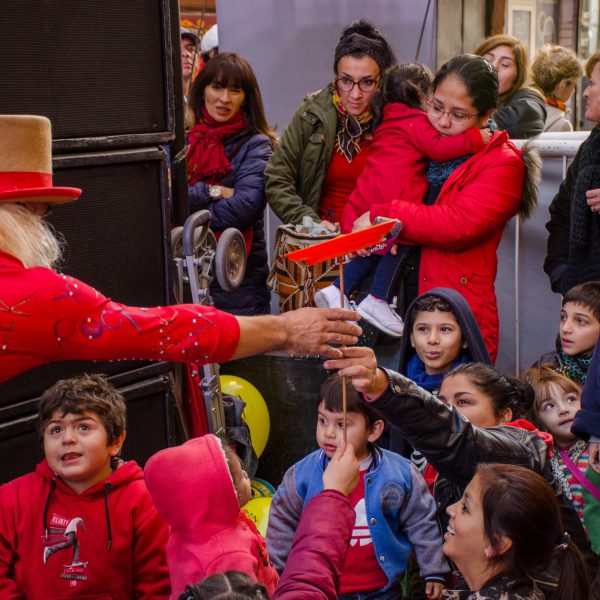
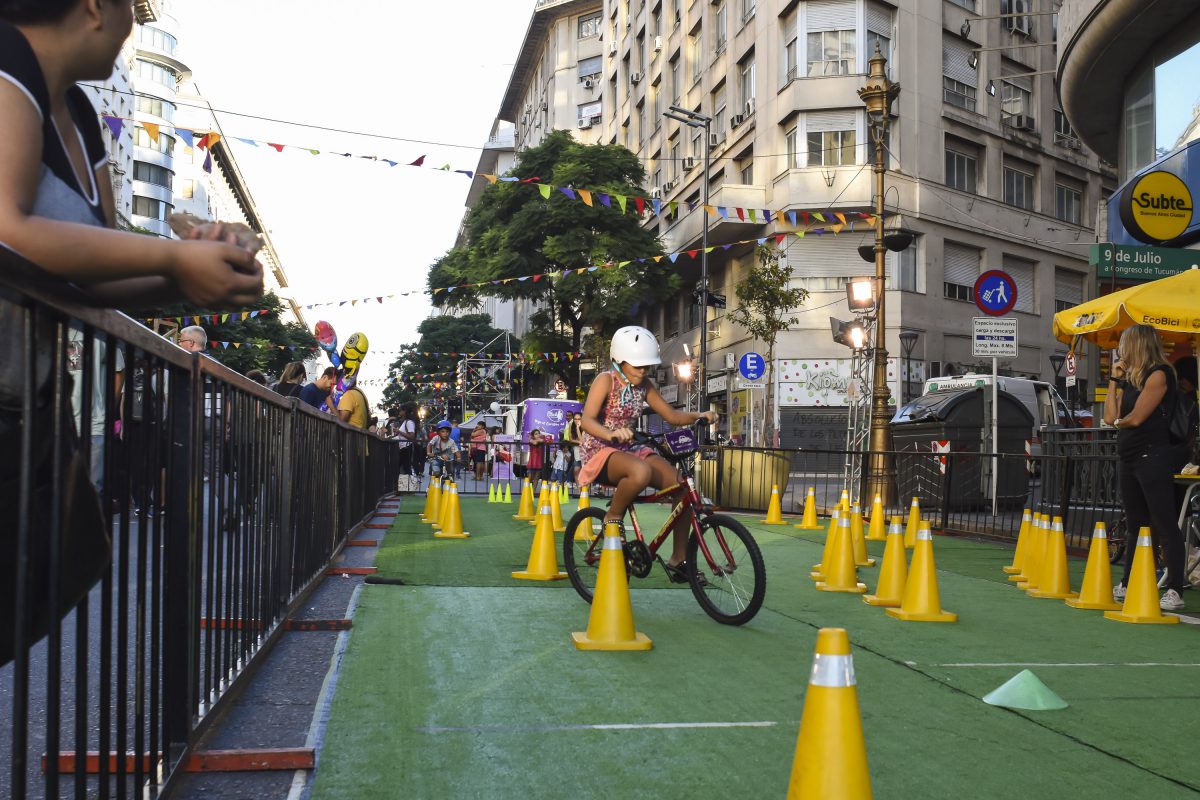
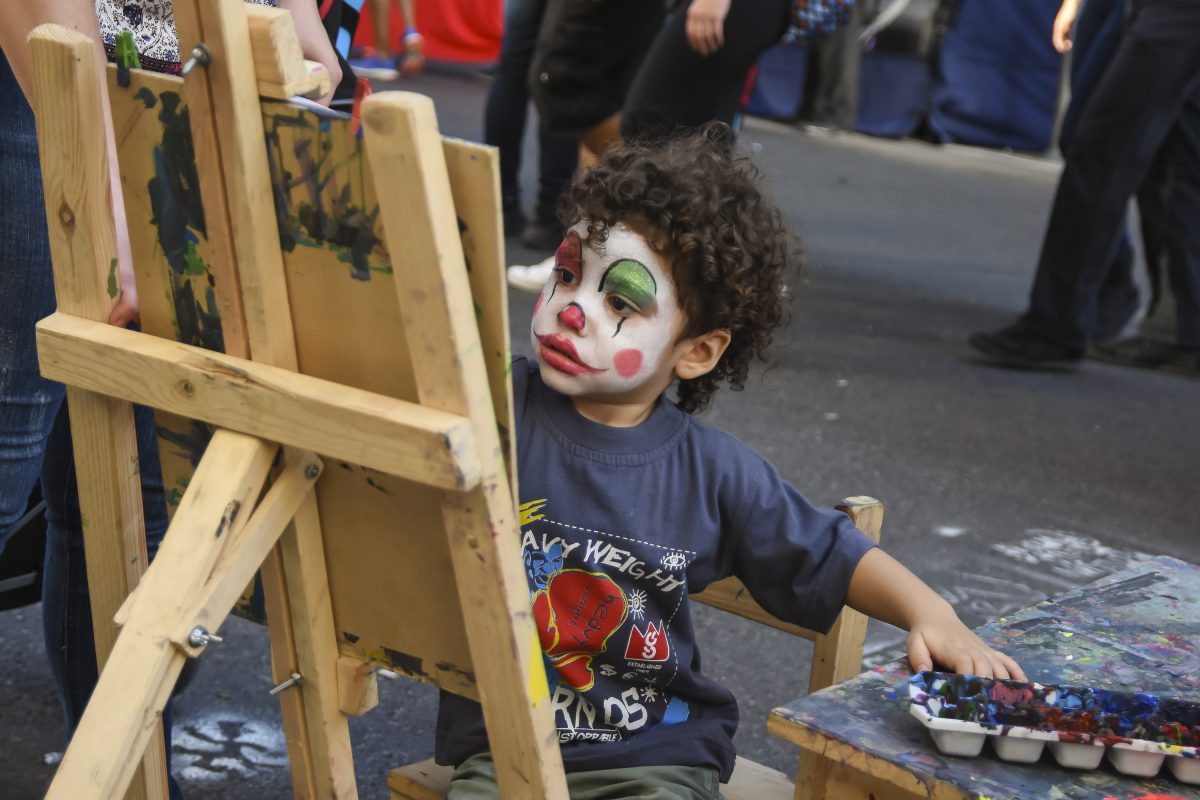
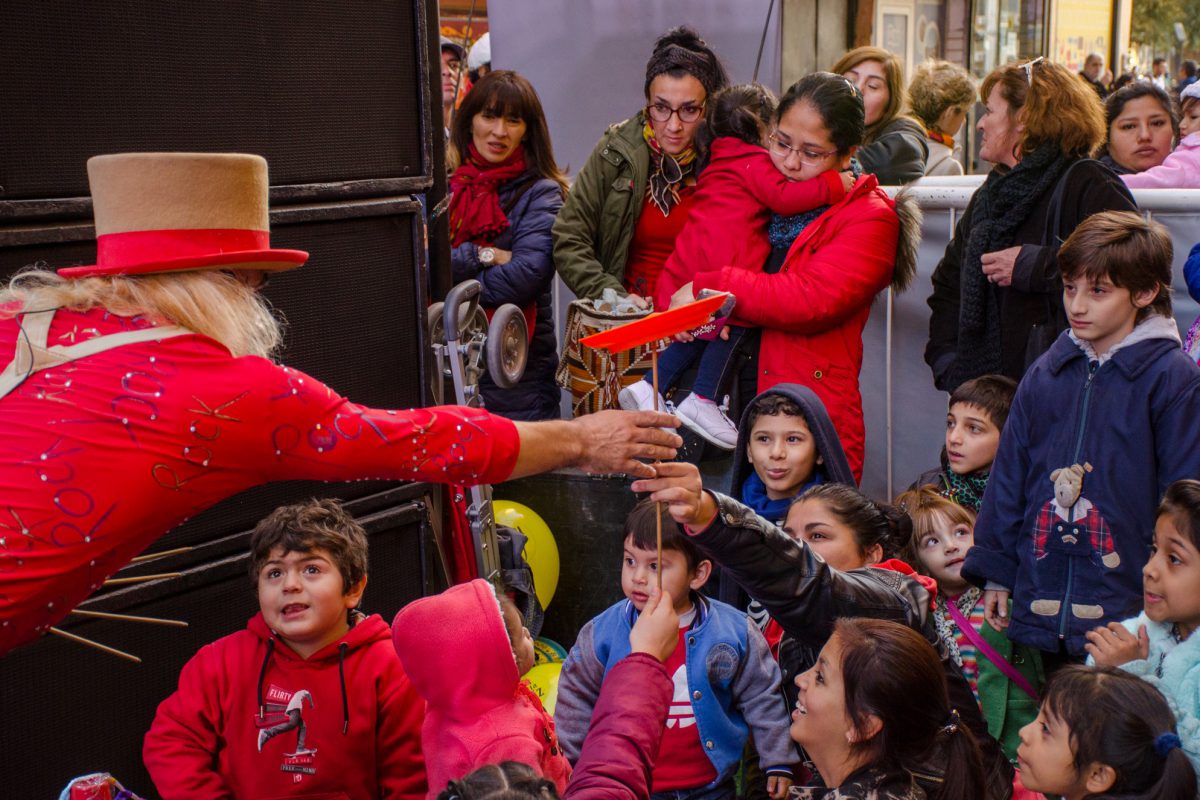
‘Minicentro’ was born as an activity that pursued to promote public space enjoyment for our youngest urban dwellers. It was a free activity, to guarantee access for everyone, regardless of their income. It was open to locals and to inhabitants from the greater area of Buenos Aires alike. And we observed families from every income level who were local as well as metropolitan.
The project was originally thought for the 2016 winter holidays’ weekends, but due to the enormous affluence of visitors, the activity was extended for two more months. The chosen location had very easy access by bike, subway, bus or BRT. We found this was a key driver. Another lesson learned was to include the kids in the design process. In the first two editions, we surveyed the kids, asking them what kind of games they have enjoyed the most and the least, in order to do changes to improve the kids’ experience.
Each Saturday, up to 10,000 people showed up, and children from ages 0 to adolescents became protagonists in a public space completely designed for them. This suggests that any public space can be potentially intervened and, even temporarily, repurposed. As the initiative was proven successful, it was replicated in 2017 and for 2018 we are planning to continue it for the next winter holidays but with a public-private partnership and with sponsors, in order to reduce the amount of funds spent by the local government.
We believe that a truly accessible city must be designed for the most disadvantaged groups, being the elderly, disabled and kids. The space becomes public when it is made available, accessible and enjoyable to all the citizens of a city, including children, our youngest inhabitants.
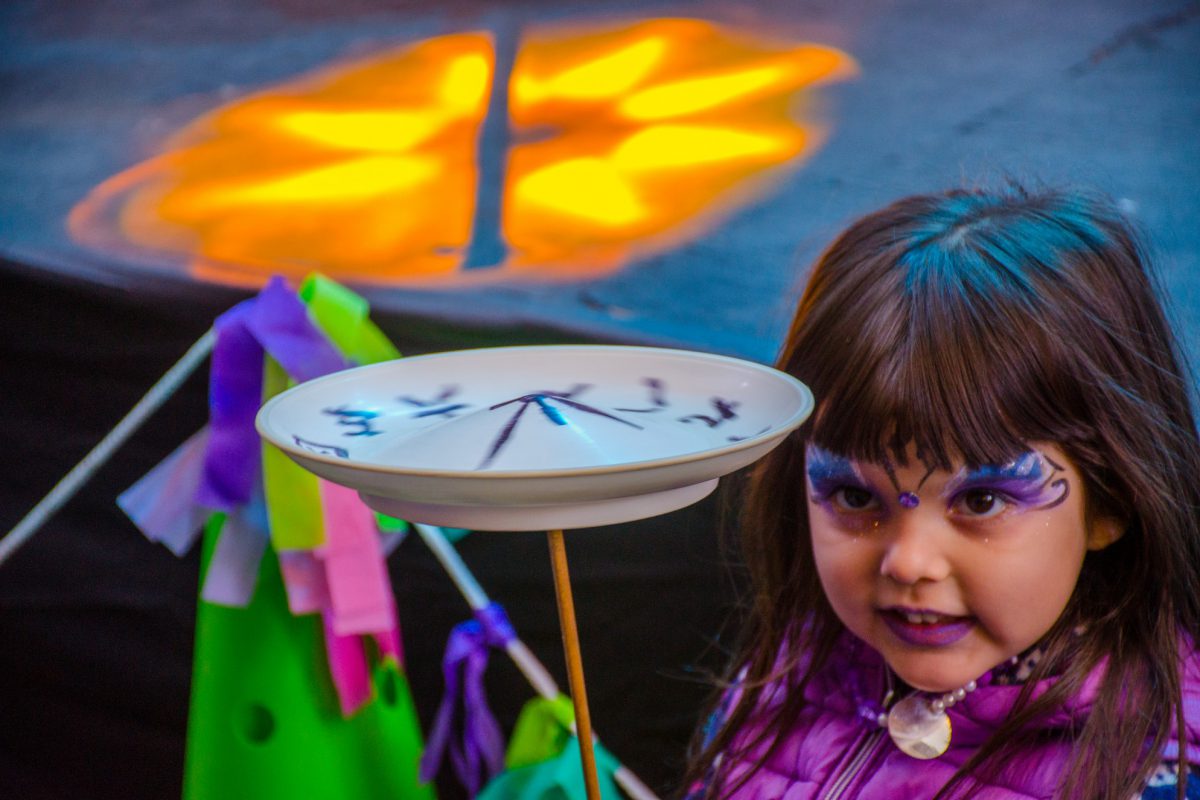
This article belongs to a series of stories about the city at eye level for kids! You can access the full book online in PDF or pre-order your hardcopy to be delivered to your home.
Get your book here